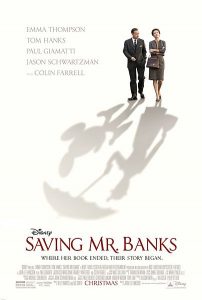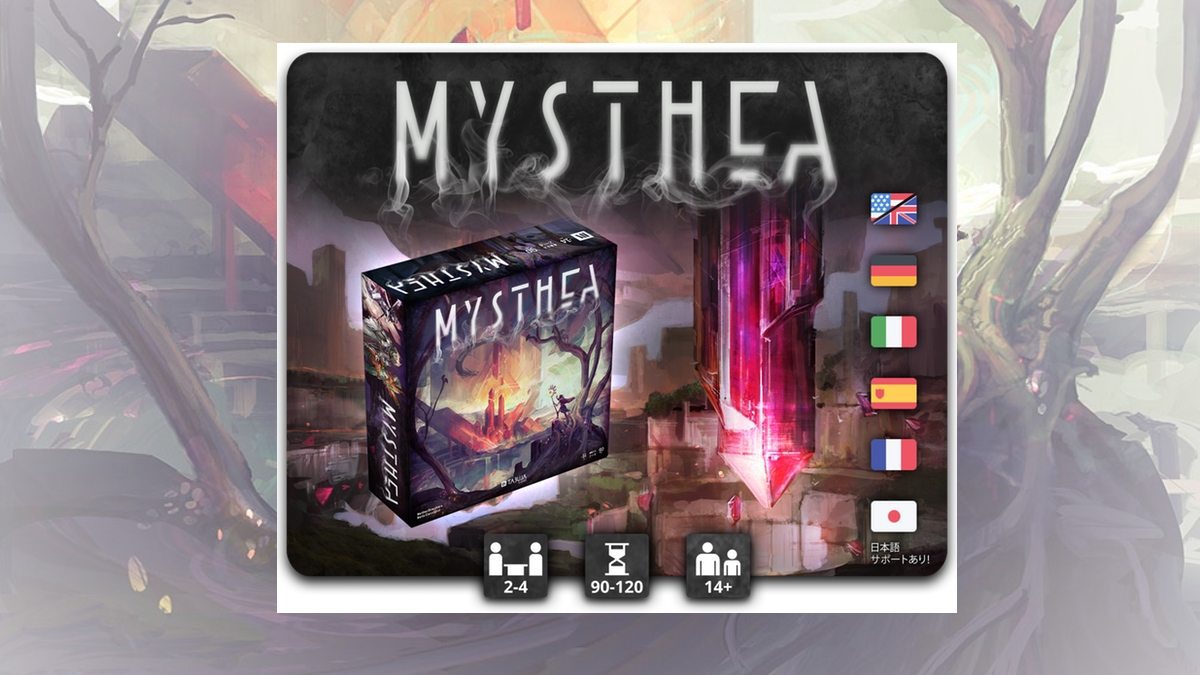1. What’s it about?
After 20 years of steadfast refusal, author P. L. Travers, in need of money, grudgingly agrees to entertain a movie offer from Walt Disney for her book, Mary Poppins. She flies to Los Angeles to work with Disney’s production staff, including screenwriter Don Da Gradi (Bradley Whitford) and songwriters Richard and Robert Sherman (Jason Schwartzman and B.J. Novak). Travers constantly clashes with all of them, as well as her affable chauffeur, Ralph (Paul Giamatti).
2. Will my kids like it?
Older ones will, particularly if they’ve read any of the Mary Poppins books and noticed the difference between the print and film versions of the story. Saving Mr. Banks tells the behind-the-scenes story of how those changes came to be. It’s not really a film for children, but kids can often surprise us with their depth and perception, and it could actually turn out to be a favorite film for some. They don’t always just want to see talking animals and special effects.
3. Will I like it?
Yes, unless you have strong opinions about Walt Disney and “the Disney version” of classic stories. It’s a very good film, funny and moving, and the cast is wonderful.
 4. How accurate is it?
4. How accurate is it?
Critics have voiced objections that it’s too flattering to Disney or too unflattering to Travers; I asked Disney Legend Floyd Norman, who worked on the animated sequences in Mary Poppins, and he told me that “it’s all true,” except that Travers was far more difficult in real life than is seen here. Travers insisted that all meetings at the Disney studio be recorded, so the scenes where they are working out the script and songs are verifiable as accurate (one of the recordings plays over the end credits, accompanied by photos and Da Gradi’s sketches of Travers from the meetings). Most of the criticism centers on the personal conversations between Travers and Disney, many of which never happened, and between Travers and Ralph, a character invented for the film. A legitimate complaint is the film’s inference that Travers hated the finished film because of emotional baggage from her troubled childhood rather than because of any of Disney’s changes to her story. Hollywood likes tidy stories where a character’s actions can be neatly traced back to a particular motivating incident, but reality is more messy and complicated than that; Mrs. Travers may have been responding emotionally to the memories of childhood trauma, but she also may genuinely have disliked the “Americanization” of her story, and certainly everybody hated Dick Van Dyke’s attempt at a Cockney accent.
Taken on its own merits as a film, rather than as a history lesson, Saving Mr. Banks is solidly entertaining and (for lack of a better word) heartwarming.
5. How is the cast?
Tom Hanks does a good job of capturing Walt Disney’s personality, though mimicry has never been his strong suit. If you’re old enough to remember watching Walt hosting his TV show (I am), you may be bothered that he doesn’t really look or sound much like Disney; nonetheless, he does an excellent job portraying a stubborn studio head who is used to getting his way. Emma Thompson has less to worry about in that regard, since very few people know how Travers looked or sounded; her performance is wonderful from start to finish. She somehow keeps the audience on her side despite being brutally rude to just about everyone. Her interplay with Ralph provides her warmest moments, and Giamatti is completely charming.
The cast in the flashback is uniformly excellent, especially Colin Farrell as Travers’ father and 11-year-old Annie Rose Buckley as young Helen Goff, the Australian girl who will grow up to become the quintessentially British Pamela Travers. The scenes with these two are beautiful and heartbreaking. Ruth Wilson portrays Margaret Goff, Travers’ mother, a woman overwhelmed by the trials brought on by her husband’s alcoholism and irresponsibility. Rachel Griffiths plays Aunt Ellie, Margaret’s sister, who sweeps in to bring order to the Goff household; her performance as the fastidious martinet who takes over the house and puts the children to work echoes the nanny we all know, but with a less whimsical edge. She’s actually the closest portrayal of Travers’ character ever put on film. (In real life, “Aunt Ellie” was Margaret Goff’s aunt Helen, not her sister.)
6. Is there anything I need to worry about letting my kids see?
Not really. There are some dark moments, most notably an attempted suicide and a character’s progressive illness and death, but there’s no violence, no profanity, no sexual situations. The tragic back-story is never gratuitous or gruesome. There’s a small bit of blood that one character coughs up into a handkerchief.
7. When is the best time for a bathroom break?
You probably won’t need one. The film is not overly long, barely over two hours, and it’s not the kind of intricately-plotted story where you’ll be lost if you miss a few minutes. You don’t want to miss any of Thompson’s performance, and she’s on-screen from beginning to end, so just hit the bathroom before it starts.
8. Do I need to stay after the credits?
There’s no extra scene afterward; it’s not that kind of film. You do want to stay through the credits anyway, because while they’re scrolling, vintage photos, sketches and storyboard panels run as a slideshow while an old reel-to-reel tape recorder plays back the real P. L. Travers in a production meeting, telling the crew how her movie ought to be made.




